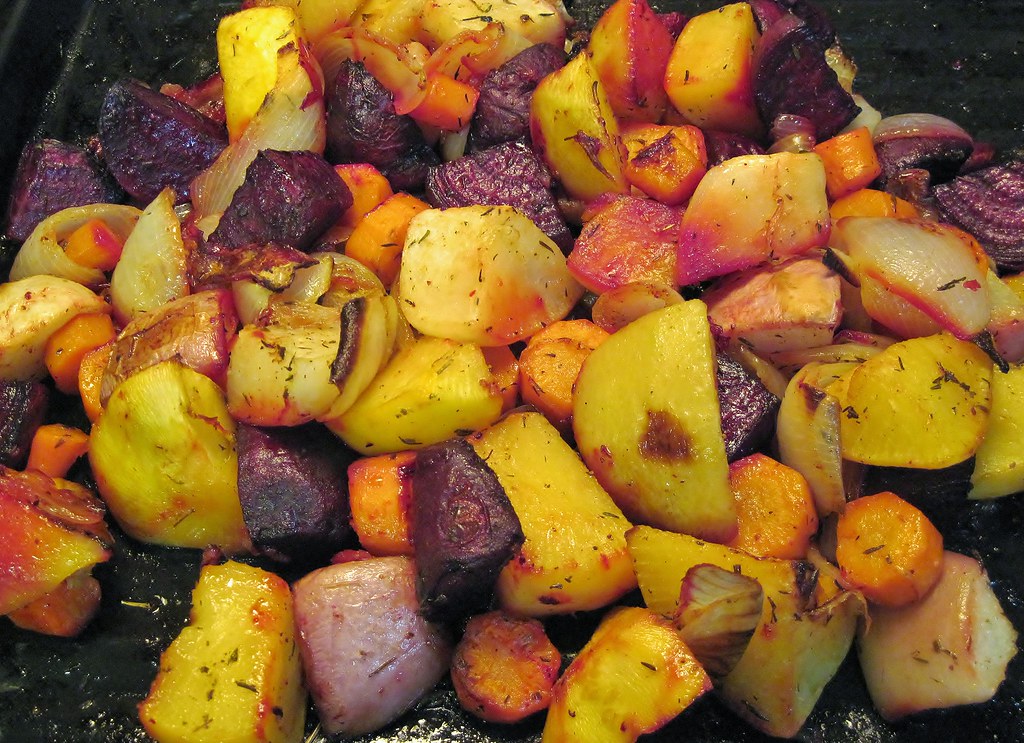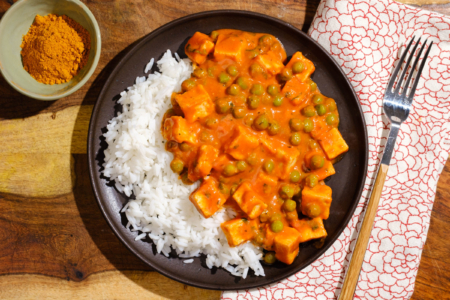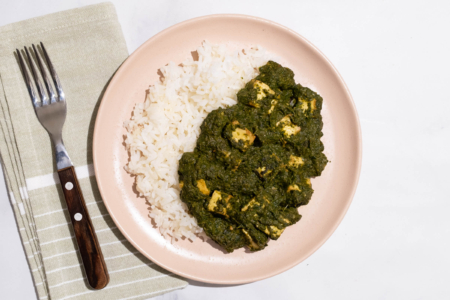This hearty and versatile root vegetable tastes like a cross between a cabbage and turnip and can be used in a variety of culinary and ornamental ways. Read on to learn more about the history and best uses for this long lasting vegetable.
History of Rutabaga
The first written record of rutabagas comes from the Swiss botanist Gaspard Bauhin in 1620, when he noted them growing in Sweden. It is believed that the rutabaga originally came from Scandinavia, Finland, or Russia, but their exact origin is unknown.
Rutabagas first arrived in England via Germany in 1750 and they first arrived in Scotland by way of Sweden in 1781. In North America, rutabagas were first known to have been grown in Illinois as of 1817. In 1835 a Rutabaga fodder crop was recommended to the New York farmers in Genesee River valley.
Rutabagas have long been seen as an important food source, especially during times of need. During World War I and World War II, rutabagas were eaten often due to food shortages. In Germany, rutabagas were deemed a last resort food and eaten in a paltry stew of rutabagas and water.
Rutabagas also have ceremonial and ornamental importance. In some countries, especially in Western England, Ireland, and Scotland, rutabagas are used during Halloween celebrations and transformed into spooky jack-o-lanterns.

Flavor of Rutabaga
Rutabagas taste like a cross between a cabbage and turnip with a fresh, vegetal, and somewhat sulfurous flavor. Rutabagas taste earthy like a milder version of a turnip. It also has a buttery and sweet-savory flavor. When cooked, rutabagas can have a bittersweet taste.
Health Benefits of Rutabaga
Like a lot of vegetables, rutabagas are high in antioxidants. It has a large quantity of Vitamin C and E. It helps in immunity as well as growth. Rutabaga is also supposedly good for preventing premature aging. The antioxidants help here too. Vitamin C helps not only to create collagen, but also to protect it. Rutabagas are high in insoluble fiber, which helps in improving bowel movement and promoting good bowel health. This high fiber content also helps improve satiety, as it takes a longer time to digest which means the body stays full for a longer length of time. Most importantly rutabaga’s are high in potassium, which is especially good for having a healthy heart. Potassium works closely with sodium so it generally helps in maintaining good blood pressure. Potassium also reduces the risk of stroke, high blood pressure, and heart disease.
Culinary Benefits of Rutabaga
The basic way to eat rutabagas is to cut them into pieces, boil them, and then mash them along with butter. This basic method of preparation is delicious and is a good alternative if you’re getting tired of your standard mashed potatoes. Not looking to fully commit? A 50/50 mix of rutabaga and potato makes for an interesting mash. Of course, different regions have different ways to eat or utilize rutabaga.

In Finland, Rutabaga is a major ingredient in their popular Christmas dish Lanttulaatikko (rutabaga casserole). It is one of the three most popular casseroles in Finland. They also make potato chips made out of thin slices of rutabaga.
Rotmos or Karlrabistappe are the two most well-known mashed rutabaga dishes in Sweden and Norway respectively. As given away by its name, the dish is made by mashing rutabaga with butter and cooked with potato, and occasionally milk or cream is added to create a puree.

In Europe, rutabaga is generally served as a mashed dish. In England, mashed potatoes are added with the rutabaga to create a dish known as stamppot. While in Scotland, rutabaga and potatoes are served as a side to the well-known dish – Haggis. Take a look at this Japanese recipe which cleverly uses rutabaga.
Storage
When put in cold storage, rutabagas can keep fresh for months. They just need to be placed in either a refrigerator or cold storage. Wash your rutabaga with warm water if cooking with the peel on. Rutabaga greens can also be used in salads and sautés.
Feature Image: Flickr user pin add ( CC BY 2.0 )



